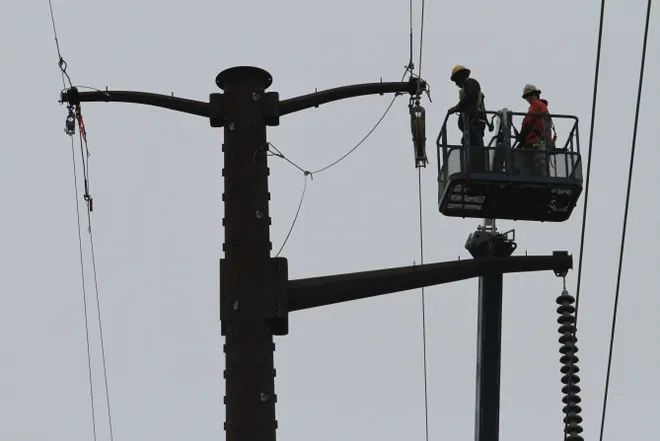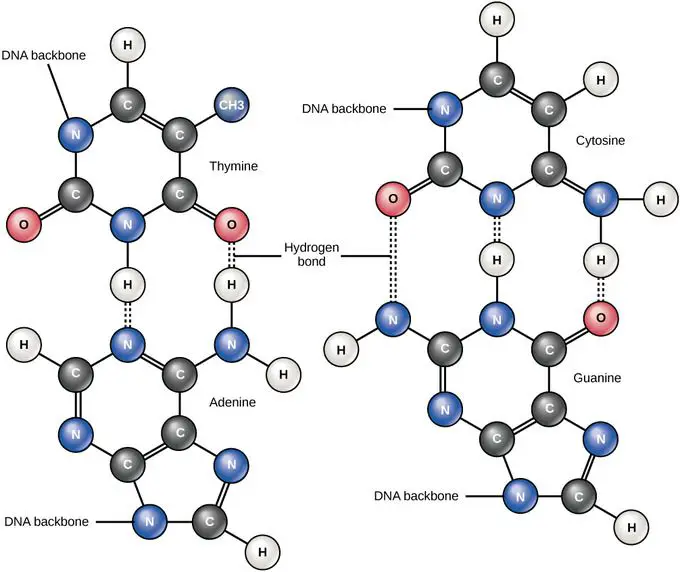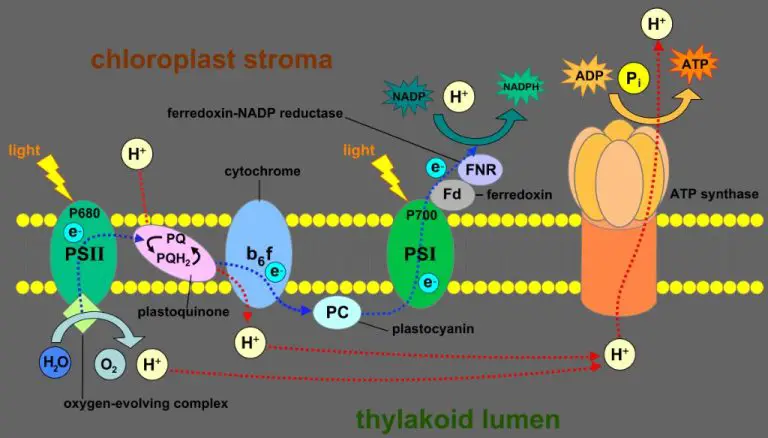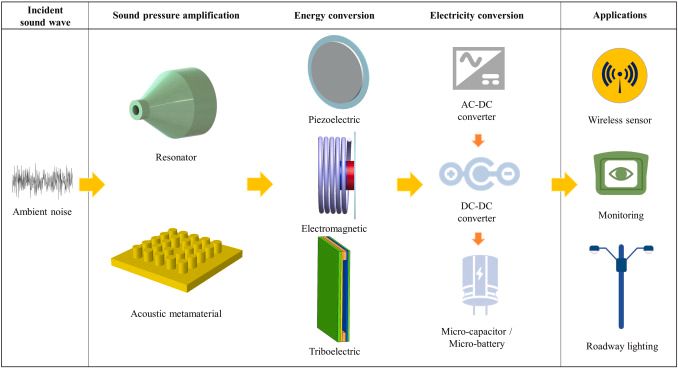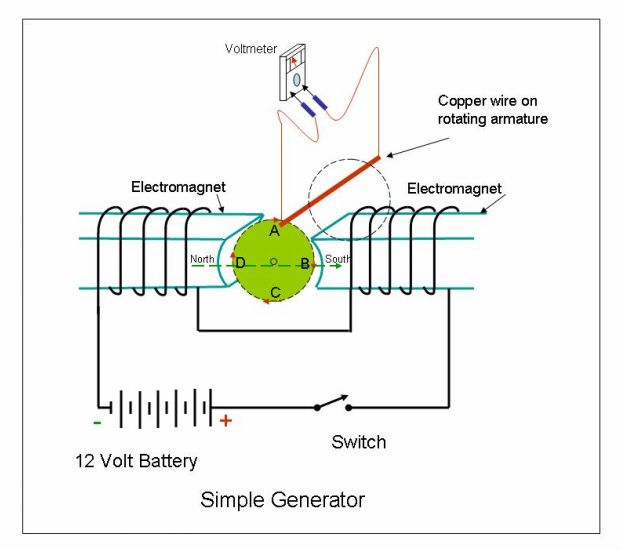What Percent Of Us Electricity Is Renewable?
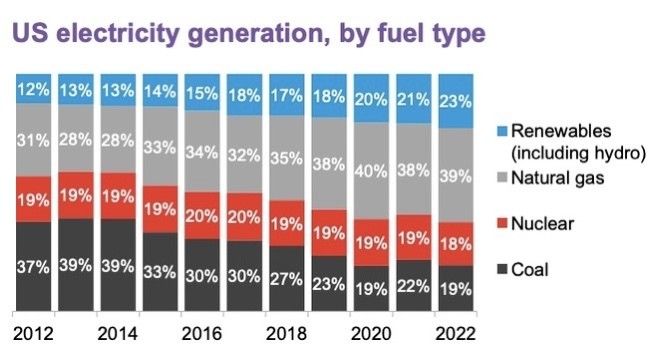
Renewable energy comes from naturally replenishing sources like sunlight, wind, water, and geothermal heat. These energy resources are continuously replenished and will never run out. There has been rising interest and investment in renewable energy in recent years. According to EIA, solar capacity is driving the growth of renewable energy in the U.S. Investment in renewable energy hit a record $55.5 billion in 2019 according to Bloomberg. As interest and investment continue to grow, renewable energy is playing an increasingly important role in the U.S. energy landscape.
Current Percentage
According to a graph from ResearchGate (source), renewable energy sources accounted for 17.1% of total U.S. electricity generation in 2018. The breakdown was as follows:
- Hydropower: 6.8%
- Wind: 6.4%
- Solar: 1.6%
- Geothermal: 0.4%
- Biomass: 1.6%
So the majority of renewable electricity generation comes from hydropower and wind power. Solar and geothermal make up a smaller percentage, while biomass accounts for around the same amount as solar currently.
Historical Trends
The percentage of electricity generated from renewable sources in the United States has steadily increased over the past couple decades. According to the U.S. Energy Information Administration, in 2001 renewable energy accounted for just 8% of total U.S. electricity generation. By 2021, that number had risen to 20% (https://css.umich.edu/publications/factsheets/energy/us-renewable-energy-factsheet).
There are several key factors that have driven this growth in renewable electricity generation over the years. Major policy drivers include renewable portfolio standards, federal tax credits, and other incentives that have made renewable power more economically viable. The extension of the federal production tax credit in 2009 helped spur a boom in wind power growth during the early 2010s (https://www.eia.gov/todayinenergy/detail.php?id=42955). Technological improvements and falling costs, particularly for solar and wind, have also enabled larger-scale adoption of renewables.
Future Projections
The share of electricity generation from renewable energy is expected to significantly increase in the coming decades as a result of government policies, cost reductions, and market dynamics.
The U.S. Department of Energy has set a goal for renewable energy to comprise 24% of the nation’s electricity generation mix by 2025 and 33% by 2030.[1] Many states also have mandates or goals for renewable electricity, with some targeting 50% or 100% by 2050.
Independent analysts foresee even greater growth. According to the National Renewable Energy Laboratory, renewables could provide 50% of U.S. electricity by 2050 if current cost and performance trends continue.[2] The falling costs of wind and solar will enable renewables to increasingly outcompete fossil fuel plants.
However, achieving high renewable energy penetration will require investments in modernized and more flexible electricity grids. It will also depend on supportive policies, siting and permitting processes, and continued R&D and deployment support.
Regional Variations
There are significant differences in renewable electricity generation across different U.S. states and regions. According to a report from the American Council for an Energy-Efficient Economy (ACEEE), some states generate over 30% of their electricity from renewable sources, while others generate less than 5%.
The states with the highest percentages of renewable electricity are generally in the Western and Northeastern regions. For example, Washington, Oregon, California, Idaho, Montana, Maine, and Vermont all generated over 30% of their electricity from renewable sources in 2020. On the other hand, states with the lowest renewable percentages are concentrated in the Southeast, including Alabama, Mississippi, Louisiana, and Kentucky, all of which generated less than 5% from renewables.
Some of the key factors causing these regional variations include:
- Resource availability – States with abundant hydroelectric, wind, and solar resources like Washington and California have higher renewable generation.
- State policies – Renewable portfolio standards and other pro-renewable policies in Western and Northeastern states have driven growth.
- Fossil fuel reliance – Southeastern states have traditionally relied more heavily on coal, gas, and nuclear.
Overall, geography, natural resources, and state-level policies are the main drivers causing renewable electricity generation to vary widely across different U.S. regions.
Source: American Council for an Energy-Efficient Economy
Economic Impact
The renewable energy industry has had a significant positive economic impact in terms of job creation and new investments. According to the Environmental and Energy Study Institute (EESI), in 2019 there were over 3 million jobs in renewable energy and energy efficiency in the United States. Many of these are well-paying jobs that provide opportunities for U.S. manufacturing and construction workers. The EESI notes that solar installers are the fastest growing U.S. job category.
The growth of renewable energy is also spurring major new investments. According to OMC Power, global investments in renewable energy reached $226 billion in 2018. These investments go towards building solar farms, wind turbines, battery storage facilities, and other renewable energy infrastructure. The capital flowing into the renewable sector stimulates economic growth and development.
In terms of prices, the cost of renewable energy has dropped dramatically in recent years, making it more affordable for consumers. The levelized cost of electricity from utility-scale solar PV declined 88% between 2009 and 2019, according to Lazard. As renewable energy scales up and becomes more cost competitive, this can put downward pressure on electricity prices.
Environmental Impact
Renewable energy sources such as wind, solar, geothermal, hydroelectric, and biomass provide substantial environmental benefits compared to fossil fuels.
The most significant advantage is the reduction of greenhouse gas emissions and other air pollutants. According to research from the United Nations, the switch to renewables could cut CO2 emissions by more than 60% by 2050. This is critical for mitigating human-caused climate change.
Renewables also help conserve water resources. Thermal power plants utilizing fossil fuels require massive amounts of water for cooling. The US Department of Energy found shifting to renewables could reduce water withdrawal and consumption for power generation by more than 50% in 2050.
Challenges
There are a few key challenges facing the growth of renewable energy in the United States. Two of the biggest are the high upfront costs and the intermittency of sources like wind and solar power.
The initial investment required for renewable energy projects can be quite high compared to fossil fuel plants. Constructing large wind farms or solar arrays requires major capital outlays before any electricity can even be generated. Companies must weigh these costs against the long-term savings from free fuel like wind and sun (Source).
Another persistent issue is the intermittent availability of renewable resources. The sun does not always shine and the wind does not always blow when electricity is needed most. This intermittency makes it challenging to integrate high levels of renewables onto the grid while still matching supply and demand. Solutions like energy storage and improved forecasting help but have not fully solved these difficulties (Source).
Solutions
In order to increase the percentage of renewable energy in the U.S., solutions are needed to address the challenges. Two key areas of focus are policy support and emerging storage technologies.
Stronger policy support at the federal, state, and local levels is critical to drive further renewable energy adoption. Policies such as renewable portfolio standards, tax incentives, and green pricing programs can help accelerate the transition. For example, extending the federal Investment Tax Credit for solar energy would provide ongoing incentives for residential and commercial solar installations (https://www.un-ilibrary.org/content/books/9789210046602).
Advances in energy storage technologies can also facilitate greater renewable energy penetration. As renewables like wind and solar are intermittent, storage can allow the electricity generated to be dispatched when needed. Promising storage technologies include batteries, pumped hydro storage, compressed air energy storage, and hydrogen electrolysis. For instance, lithium-ion battery storage costs have fallen nearly 90% in the last decade, making solar+storage systems more affordable (https://www.linkedin.com/advice/1/what-some-innovative-ways-increase-ti94e?trk=public_post).
Conclusion
In conclusion, renewable energy currently makes up about 20% of US electricity generation. While this percentage has steadily increased over the past decade, driven by favorable policies and declining technology costs, most projections indicate renewable energy will need to expand significantly to meet stated climate goals and replace retiring fossil fuel plants. Realizing higher renewable energy percentages will require overcoming economic, political and technical obstacles through continued policy support, grid modernization, storage advances and other solutions. However, the environmental and health benefits of transitioning to renewable energy make it a worthwhile endeavor that can pay dividends for decades to come.
Looking forward, it is clear that accelerating the growth of renewable electricity will be crucial to decarbonizing the power sector and achieving a clean energy future. With thoughtful policies, strategic investments, and emerging technologies, the renewable share of US electricity can potentially double over the next 10-15 years. But it will take concerted and sustained effort across the public and private sectors to get there. The transition to a more renewable grid presents challenges, but also tremendous opportunities for job creation, emissions reductions and domestic energy production. The economic, environmental and social benefits of renewables make focusing on their continued expansion one of the most promising paths for creating a more sustainable energy system.

